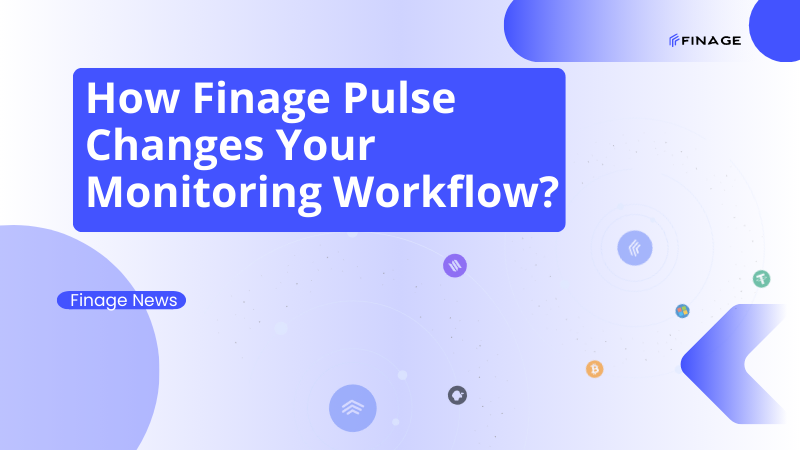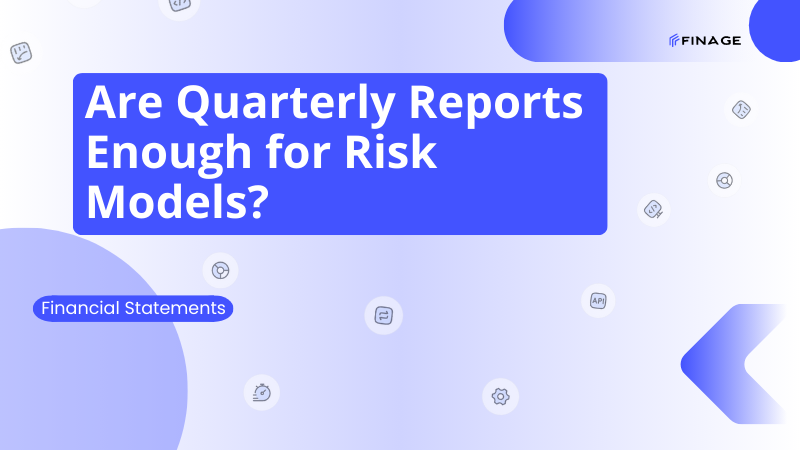Simple Guide into a Balance Sheet for Trading Purposes
6 min read • May 11, 2023

Introduction
Making good decisions in trading requires having adequate data. This includes both recent trends and historical information that would lead to profitable decisions. Aside from these two, traders need to know how to use certain different financial statements, one of them being a balance sheet. This is a document that shows financial details on how a business has been performing.
Access to the sheet allows businesses to track performance. This creates a system where you can see if things are improving and make necessary changes. So let’s find out what it is and how it will improve financial record-keeping in your company.
Contents:
- A holistic view of a company's financial situation
- From the trading aspect
- Assets
- Liability
- Shareholders equity
- The benefits of using one
- Final thoughts
A holistic view of a company's financial situation
Considering it as data of financial statements, you can also think of it as akin to a financial report card for a company. It tells you how much the company is worth when you look at everything it owns (assets) and everything it owes (liabilities and equities). This handy document helps you figure out where the company is making the most money, so you know where to put your investments.
Regulation bodies, for example, for the US market which is the Security and Exchange Commission, require all public companies to produce these sheets for each quarter. Companies are supposed to post this on their website. For private companies, there is no need to share this financial information with the general public. Only investors or stakeholders can view the documents that provide such information.
From the trading aspect
Additionally, when investors and traders are researching stocks for potential investments, they often require a holistic view of a company's financial situation. This includes not only stock price and trading data but also the company's financial statements, such as the balance sheet. So it’s also crucial to monitor these data in real-time, for example, by streaming through API or widgets. You can also see charts and other information within a subscription at a reliable platform. Now, let’s check three main parts of which it may consist. Each of these has to be included to provide the full picture of how a company is performing financially.
Assets
An asset is something valuable that you own. It can either be something with direct value such as cash or an investment that will generate revenue. The assets appear at the top of a balance sheet. These can be divided into current and noncurrent.
The main thing that sets these two apart is how quickly you can turn them into money. Current assets can be easily converted into cash within a year. This category also includes things like cash equivalents. Here are a few examples:
- Market Securities
- Inventory
- Owed payments
Non-current assets on the other hand can be kept for long-term exchanges. It will take a longer time for you to get the full value of non-current assets. Examples are:
- Property
- Patents
- Equipment
- Land
- Copyright
- Brand
These tend to take longer than a year to be exchanged for cash. Anything that a company can use to make cash in more than a year is listed under this type of asset. When listing assets, the ones that can be easily converted to cash are mentioned first. These are also referred to as liquid assets.
Liability
Understanding liabilities is crucial for managing risk and making informed decisions. Just as assets play a role in your trading portfolio, liabilities, including debts and margin obligations, impact your financial health. Liabilities are the next chapter in the financial story, right after assets. They're like IOUs that a company owes. We split them into two categories based on how long it'll take to settle the bill.
First, we have current liabilities. These are like bills that need to be paid within a year, such as taxes. Even hiring freelancers or getting help from outside experts falls into this short-term category.
Then there are non-current liabilities. Think of these as long-term debts or commitments, like loans or other long-term debts. These go into the same group. When we list them, we start with the short-term stuff at the top because they're the most immediate financial responsibilities.
By effectively monitoring and managing your trading balance sheet and leveraging liability income, you can navigate the trading niche with greater confidence. This combination can help you make informed decisions, minimize risk exposure and work toward achieving long-term financial gains.
Shareholders equity
Let’s imagine it this way: it's the money you have in your pocket after you've paid off all your bills. For companies with shareholders, it's what's left in the piggy bank after everyone gets their share of the candy. In simpler terms, it's a company's overall value. Take Netflix, for example, in 2023, they're sitting pretty with a net worth of 195 billion US dollars. That's the number you get when you subtract everything they owe from everything they own, after subtracting the liabilities from all its assets.
Keep in mind that the shareholder's equity is not the same as the real-time value of a stock. This value is based on the book value that a company uses. This is different from market value which is based on perception. Investors have a perception of the value of a stock and therefore this will determine the final price. The shareholder's equity shows what would be left if all liabilities were paid and assets sold.
The benefits of using one
A company's financial data usually has three crucial statements balance one, income, and cash flow documentation. Each plays a unique role in the trading and investment story. But the balance sheet is like a treasure map, revealing what a company owns and owes, making it easier for everyone, from managers to investors, to navigate the financial and trading niche. So, why is it so valuable? Here are some main aspects:
- Provide valuable insights into a company's performance
- Shows the areas with the most expenses
- Provide quick information on the financial well-being of a company
- Helps lenders determine whether to extend the credit
- Provides information to help investors make decisions
It is also a vital financial tool that serves various stakeholders, from company management to investors and regulatory authorities. It can also provide you with a snapshot of a company's financial position at a specific point in time, facilitating decision-making and risk assessment. So if you want to ease your life, you can use a balance sheet API to access data to see other companies' or organizations data. Such APIs allow you to retrieve financial statements, including financial data for specific companies or entities.
Final thoughts
Either for your own company needs or for researching its data for trading purposes like insights into a company's performance during a quarter. You get such data with proper trading solutions available online. It aims to portray an overall value. When constructing one, it's imperative to encompass all assets, liabilities, and equities, ensuring a comprehensive snapshot of the business's financial health.
With one glance it should represent all the assets that you have including both current and non-current. These should be listed in order of which is the most liquid. Liabilities are what you owe other parties. Considering the different aspects and benefits of a balance sheet whether you are a private or public company, it has to be definitely implemented in your trading strategy!
You can get your Real-Time and Historical Fundamentals Data with Finage API key.
Build with us today!
Claim Your Free API Key Today
Access stock, forex and crypto market data with a free API key—no credit card required.

Stay Informed, Stay Ahead
Finage Blog: Data-Driven Insights & Ideas
Discover company news, announcements, updates, guides and more


